#Habsburg Empire
Photo

The Habsburg Empire, 16th-17th centuries
« Atlas historique », Nathan, 1982
by cartesdhistoire
In 1519, Charles Quint found himself virtually the master of Europe. However, instead of viewing his role as a spiritual mission, he felt a deep sense of duty to his lineage. This obligation drove him to perpetuate, and if possible, enhance, what he had inherited for his successors. This principle, deeply ingrained in the tradition of the House of Burgundy, became a cornerstone of Habsburg governance, with each possession managed as if he were the sole monarch of each one.
In 1556, Philippe II inherited the ancient estates of Burgundy, the Spanish Monarchy (including its Italian dependencies), and the Duchy of Milan. Throughout his foreign policy, the sense of dynasty always took precedence: the Dutch were treated more as rebels than heretics; the incorporation of Portugal in 1580 was driven by the defense of succession rights rather than expansionism. Similarly, interventions in the French civil war and the Armada against England in 1588 aimed more at defending the integrity of heritage than pursuing a crusade.
Under Philippe III (1598-1621), signs of decline began to emerge within the Hispanic monarchy. The reign of Philippe IV (1621-1665) was marked by continual unrest, with no respite for a year of peace. Involvement in the Thirty Years War strained the Castilian Treasury, leading to economic crises in the 1630s and subsequent anti-tax revolts. The dissatisfaction of peripheral elites culminated in secessionist revolts in Catalonia and Portugal in 1640, while nobles conspired against the Crown. In Italy, revolts in Naples and Sicily in 1647 further exacerbated the crisis. Amid internal opposition, economic depression, and military setbacks, the Hispanic Monarchy struggled for survival, with only the Portuguese secession achieving success.
101 notes
·
View notes
Text
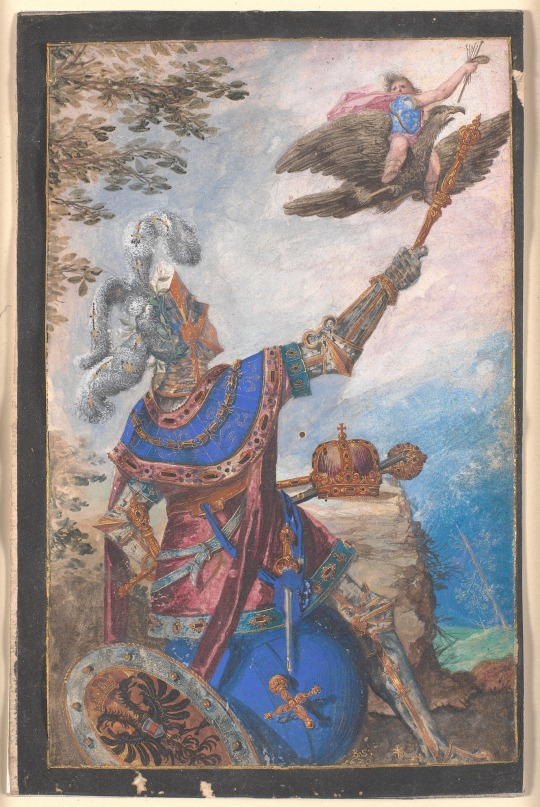
Allegory of Painting under the House of Habsburg
Attributed to Bartholomäus Strobel d.Y. and Bartholomeus Spranger
#house of habsburg#habsburg#holy roman empire#holy roman emperor#habsburg monarchy#habsburg empire#art#painting#history#europe#european#medieval#middle ages#renaissance#knights#knight#armour#eagle#crown#monarchy#heraldry#royalty#christianity#christian#royal#royals#nobility#sceptre#shield#double headed eagle
80 notes
·
View notes
Text

Profile Portrait of Maria Theresa, Empress of Austria - 18th century ivory relief in a tortoiseshell frame with inlays of ivory and mother-of-pearl
Liebieghaus Sculpture Museum, Frankfurt, Germany
#miniature portrait#relief carving#royalty#Habsburg Empire#Reiner Winkler Collection#fine art#exquisite#luxury#jewel
8 notes
·
View notes
Photo

All of the great empires of the future will be empires of the mind.
- Winston Churchill
Eduard Habsburg-Lothringen, Archduke of Austria of the House of Habsburg-Lorraine and the great-great-great-grandson of Emperor Franz Joseph I.
Eduard Habsburg currently serving as the Hungarian ambassador to the Holy See (right) meets his counterpart, the Austrian ambassador (left) in Rome.
The Austrian Empire, and its successor after 1867, the Austro-Hungarian Empire, which are also commonly referred to as the Habsburg monarchy, occupied a central place in Europe’s history, ruling over vast regions of Central and Eastern Europe and a population of about 52 million on the eve of the empire’s demise. At the end of the First World War, the Treaty of St-Germain-en-Laye (1919) and the Treaty of Trianon (1920) led to the disintegration of the empire into several sovereign countries, which defined themselves as nation states as opposed to the multi-ethnic nature of the Habsburg Empire.
If you’re a resident of Galicia, I would perhaps start to worry.
#churchill#winston churchill#quote#empire#austro-hungarian empire#habsburg empire#europe#austria#hungary#eduard habsburg-lothringen#archuduke of austria#royalty#aristocracy#nobility#history
17 notes
·
View notes
Photo

Franz Xaver MESSERSCHMIDT (1736-1783)
“MARIA THERESIA" (um 1760)
Büste - Bronze, feuervergoldet
Bust - bronze, fire-gilt
Sammlung BELVEDERE Wien / Collection BELVEDERE Vienna
#franz xaver messerschmidt#belvedere vienna#belvedere wien#messerschmidt#maria theresia#Habsburg Empire#Habsburger Monarchie#baroque#Barock#bust#Büste#bronze#Bronze Casting#österreichische galerie#belvedere#vienna#wien
15 notes
·
View notes
Text


The plague, marshes, Casanova's missing demoiselles and other creepy or incredible tales tied together for the Tur de arhitectura tours.
#comic#comics#comic art#Evliya Celebi#Florimund Mercy#history#archaeology#SS#world war ii#ottoman empire#ottoman history#the plague#plague#fleas#how to get rid of fleas in my home and on my pets?#habsburg empire#schwaben#Banat#Temesvar#Timisoara
0 notes
Text
Letter from Poland
I recently visited Kraków, Poland, with nine of my writing colleagues, for a ‘writing retreat’ and some minor tourism.
We arrived 10 November, the day before an important national holiday, National Independence Day…
… a national day in Poland celebrated on 11 November to commemorate the anniversary of the restoration of Poland’s sovereignty as the Second Polish Republic in 1918, after 123 years…

View On WordPress
#Communism#Habsburg Empire#Jakub Wydrzynski#Judaism#Kingdom of Prussia#Kraków#Lublin#Massolit Bookstore#Poland#Russian Empire#Ukraine#Warsaw
0 notes
Text
Days 23, 24, and 25: In Which We Are Exhausted
Days 23, 24, and 25: In Which We Are Exhausted
I am condensing these days because Covid aftereffects have slowed us down so much—me, in particular—that we didn’t do much.
On Day 23, Tom and I visited the Hofburg Palace, the imperial residence of the Habsburgs. I have said that once you’ve seen one palace, you’ve seen them all, and this is true of the Hofburg as well. It is actually a massive complex of palace buildings, but we only chose to…

View On WordPress
#Amsterdam#Austria#Covid#crown Prince Rudolf#Daniel Hotel#Fire in the Ocean#Franz Joseph#Habsburg Empire#Hofburg Palace#K.D. Keenan#Linden Hotel#Lords of the Night#Obsidian Mirror#travel#Vienna
1 note
·
View note
Text
I’m crying, this author was UNHINGED 😂😂



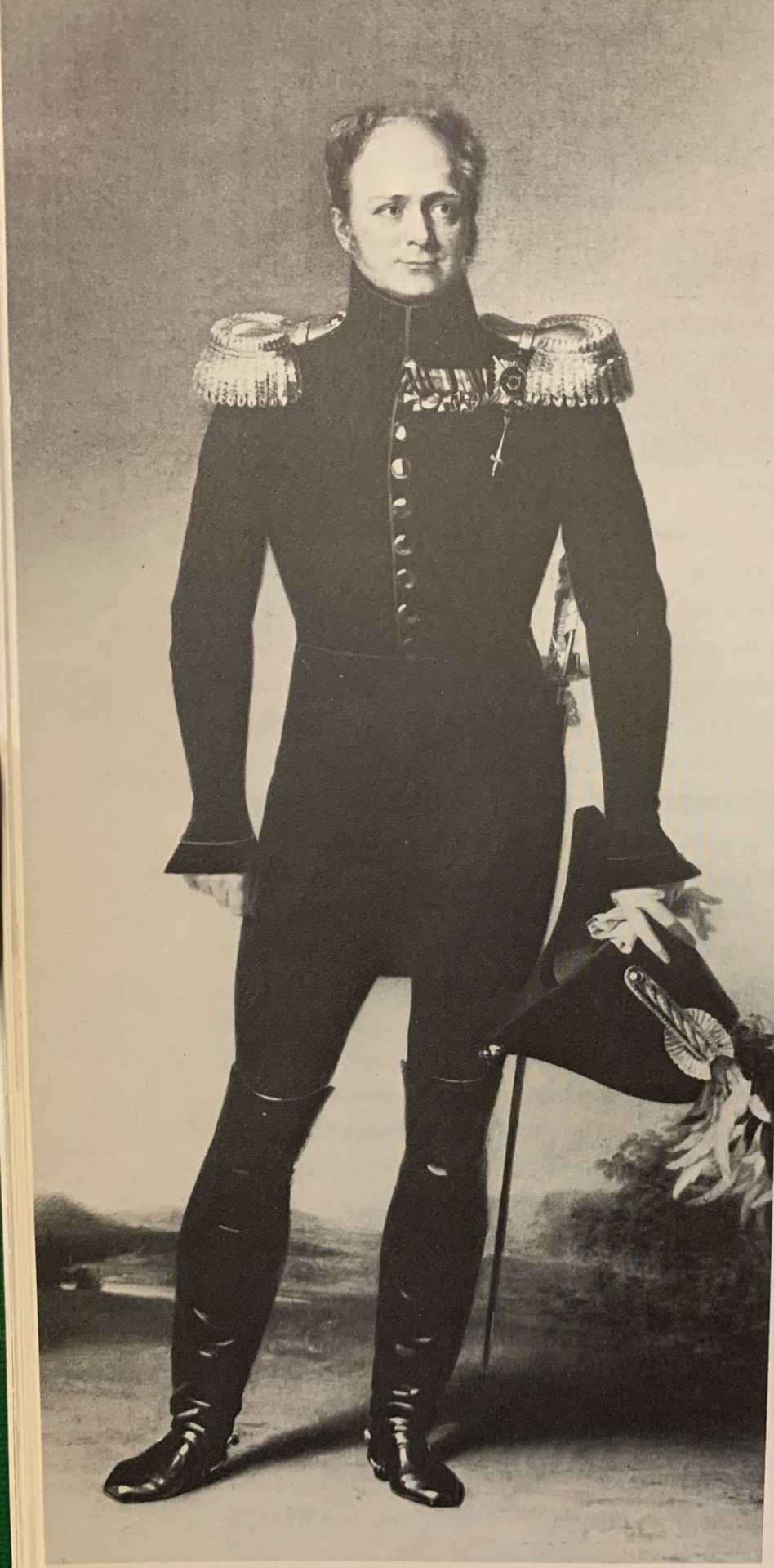

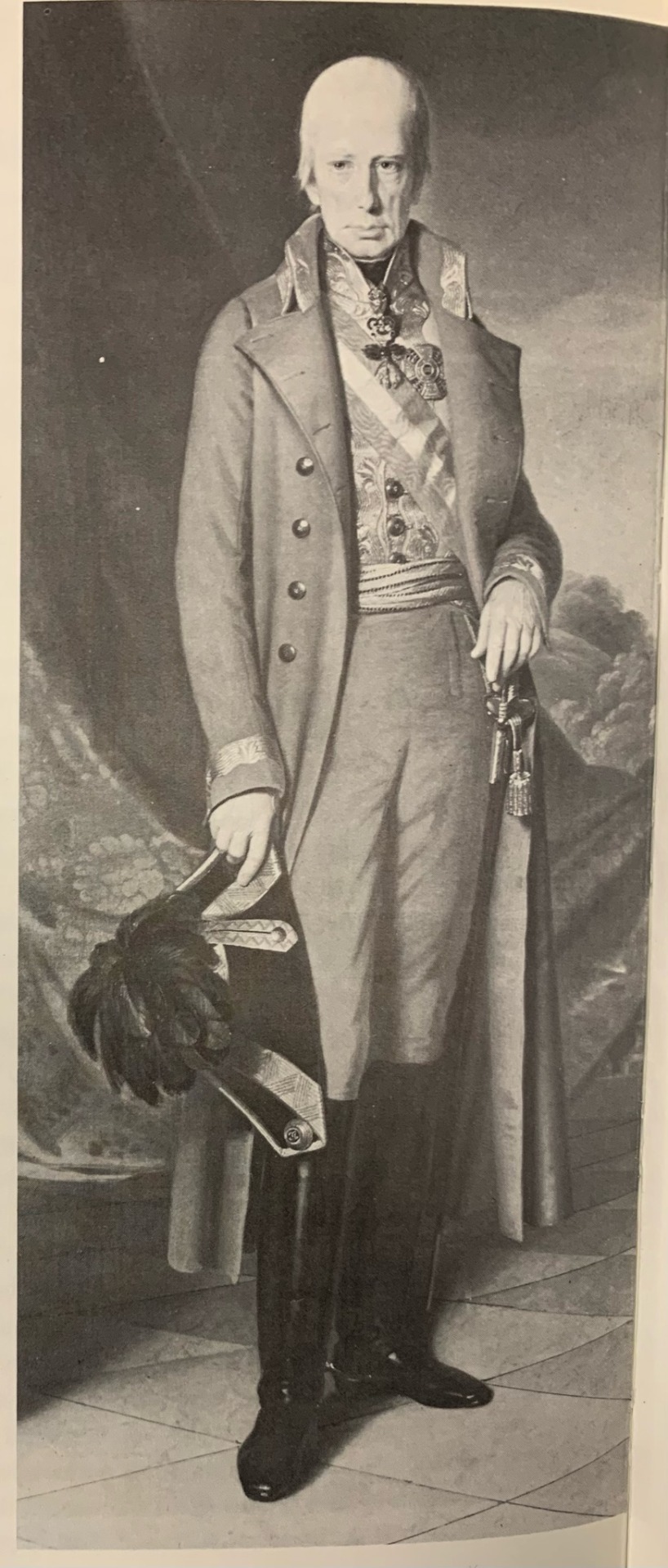
#kutuzov#tsar Alexander I#francis ii#napoleonic era#napoleonic wars#napoleonic#Austria#hre#habsburgs#Habsburg#romanovs#general kutuzov#first french empire#19th century#1800s#french revolution#Austerlitz#battle of austerlitz#napoleon#napoleon bonaparte#history#book pic
212 notes
·
View notes
Text

There's some life in Twitter yet
36 notes
·
View notes
Photo

The Gross national product of the Habsburg Empire in 1870 by regions in millions of 1990 international dollars.
by Al_Stoyanov
68 notes
·
View notes
Text
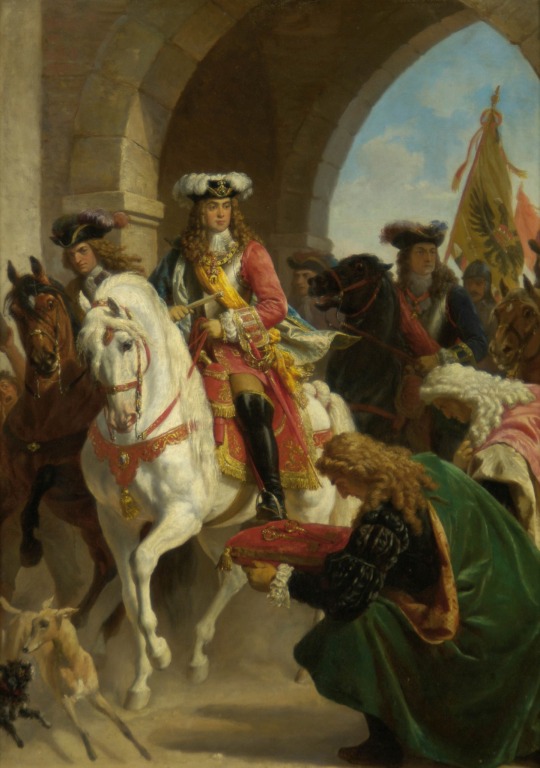
Entry of Charles III in Madrid 1710 by Karl von Blaas
#charles iii#charles vi#holy roman emperor#holy roman empire#habsburg empire#habsburg#habsburg monarchy#austria#spain#madrid#art#karl von blaas#europe#european#history#austrian#spanish#emperor#king#royal#key#keys#city#war of the spanish succession#aristocrat#aristocratic#regal#horses#dogs
49 notes
·
View notes
Text
Dance Kid 🤢 vs Theatre Kid 🤮
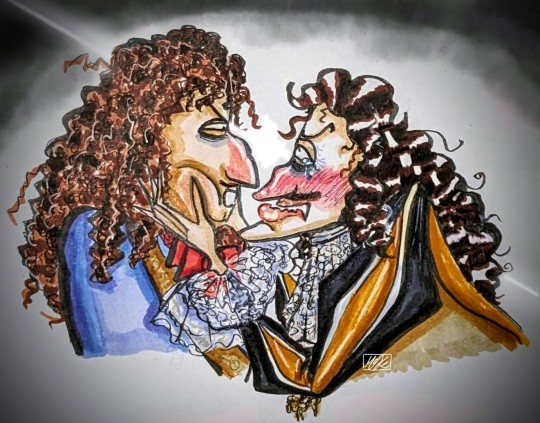
Redraw of @unanchored-ship 's sketch
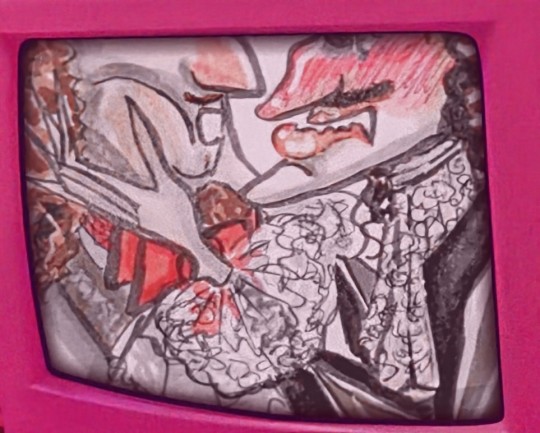


#DISCLAIMER I MYSELF DONT SHIP THEM i just thought it was a cool doodle#louis xiv#leopold i#hre#17th century#baroque#Emperor leopold i#house of habsburg#House of bourbon#versailles#Also not exactly versailles but idc that show#And also i think louis was NOT pretty sorry op#But their genres of ugly mean their faces fit like jigsaw puzzle pieces lmao#This combination is begging felipe to be thrown in. It would not fix them it would make them all WORSE. Deserved.#So yeah no anyway ive never seen it this way im a military jock x theatre nerd truther through & through </3#holy roman emperor#holy roman empire#History art#My art#Historical fanart
17 notes
·
View notes
Text
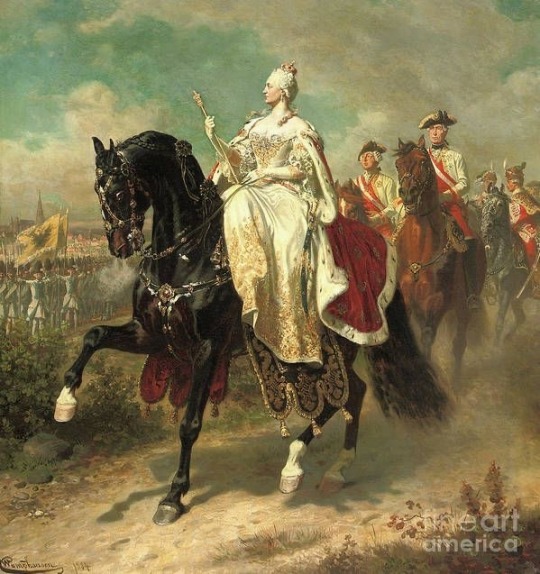
A painting depicting Maria Theresia, Holy Roman Empress, inspecting Austrian troops.
#holy roman empress#holy Roman Empire#18th century#18th century Austria#Maria Theresia#Maria Theresa#House of Habsburg#Habsburg#Habsburg Dynasty#art
70 notes
·
View notes
Photo

Josef Albert
Emperor Franz Joseph I of Austria-Hungary at age 35
1865
#Josef Albert#photography#old photograph#Franz Joseph I#Austria#Austria-Hungary#history#Royalty#Europe#1865#Habsburg#monarchy#Emperor#Austrian Empire#Austro-Hungarian Empire#monarch#19th century
35 notes
·
View notes
Text
Admin 1 whenever the chance for some historically based snark comes up:

#best habsburg bracket#also remember that this blog is voicing how the late Habsburg empire sees itself#the views of the admins may be different#admin 2 >#oh? so now we can do memes?
11 notes
·
View notes